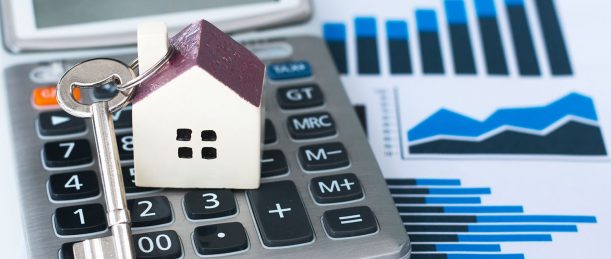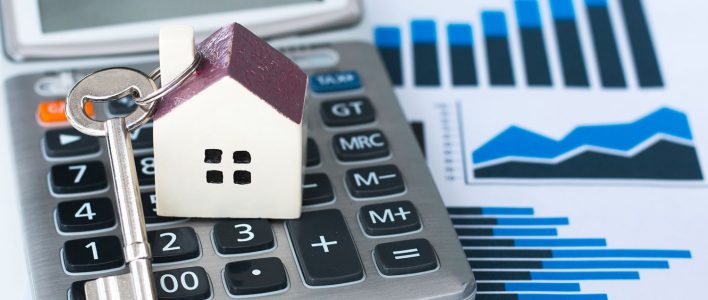Safeguarding Your Investments: Strategies to Avoid Identity theft for Active Traders
For an active trader, nothing could be potentially more disastrous than falling victim to identity theft or fraud. In an industry that heavily relies on digital transactions, active traders are prime targets for these unscrupulous activities. The severity of potential harm dictates that it is a crucial part of any investor’s trading strategy to understand how to navigate the treacherous waters of fraud and identity theft prevention.
Understanding the Risk
At the heart of fraud prevention is understanding the risk involved. As an active trader, you are at the front line of potential cyber-attacks. While your personal trading accounts might be the initial target, your financial portfolio, banking details, and even your personal information are also in danger. The fraudulent use of your identity can take many forms, from simple unauthorized trades to more elaborate long-term impersonations intended to gain access to your financial assets.
Steps to Protect Yourself
Firstly, start by scrutinizing your brokerage. Ensure it has robust security measures in place, including firewalls, secure socket layers (SSLs), and end-to-end encryption of all transactions. Further, make sure they have a reliable two-factor authentication method for logging in to your trading account and putting through transactions.
Next, protect your personal and financial information. It is crucial to protect your personal data such as Social Security numbers, passwords, and PINs. To add a layer of protection, make use of password managers that securely store complex and unique passwords for your accounts.
Investing in secure networks is another consideration. Be wary of conducting transactions while using public Wi-Fi. If you must, use a virtual private network (VPN) to guarantee the safety of your transactions from hackers lurking on public networks.
Moreover, stay alerted to phishing threats. Be cautious about emails or text messages asking for sensitive financial details or mimicking your brokerage. Any communication requesting updated financial information should be verified directly with your broker.
Lastly, monitor your accounts and credit reports regularly. Regular check-ins on your accounts can allow you to detect any unusual activity early and prevent further damage. In addition, keeping track of your credit report aids in identifying any fraudulent accounts or transactions made in your name.
Recovering from Identity Theft
Despite all your precautions, let’s say you are unfortunate enough to have your identity stolen. Do not panic. Immediate action is required. Begin by contacting your brokerage and financial institutions. Make sure they are aware of the situation and can take necessary steps to safeguard your accounts. Report the incident to the Federal Trade Commission (FTC) and your local law enforcement.
Next step is damage control. Change all log-in information and password across all digital platforms. Lock down your credit reports to prevent further misuse. Lastly, closely monitor all your accounts for any unusual activities.
In conclusion, by understanding the risks and implementing a variety of preemptive strategies, active traders can significantly reduce the likelihood of being victims of identity theft and fraud. However, remember that no measures are foolproof. Always stay vigilant and prepared in the face of such potential harm to your financial future.
For further questions and guidance, don’t hesitate to contact your broker or a professional financial advisor specialized in security. It is always better to err on the side of caution when it comes to protecting your financial investments. After all, the goal is to enjoy the thrill of trades, not the dread of theft.
Keywords: Active traders, Identity theft, Fraud, Secure transactions, Monitor accounts, Financial investments.










